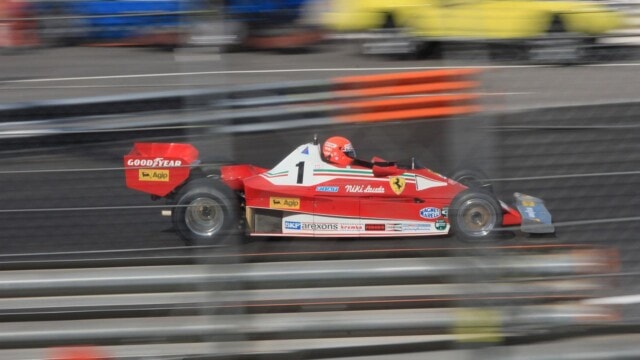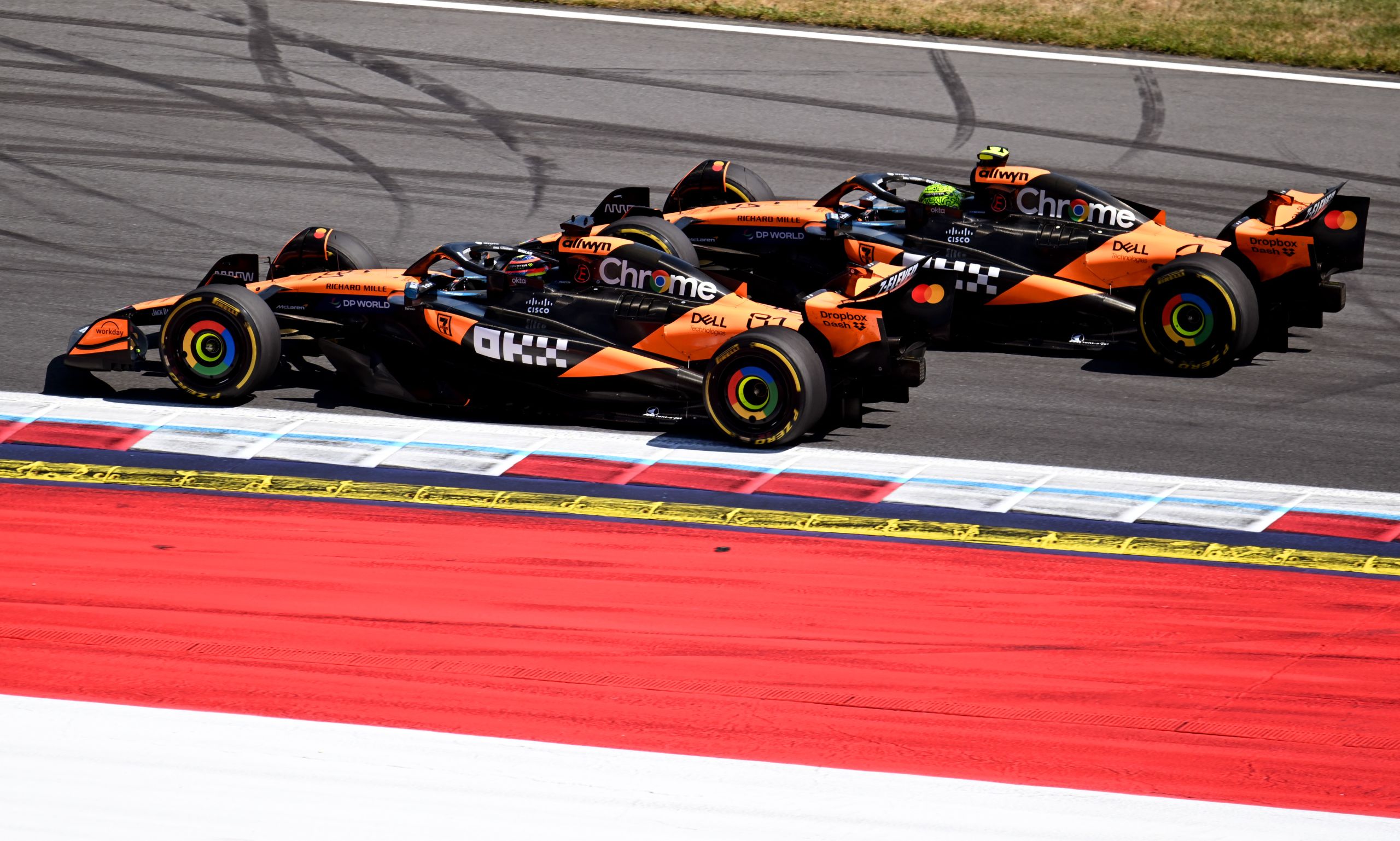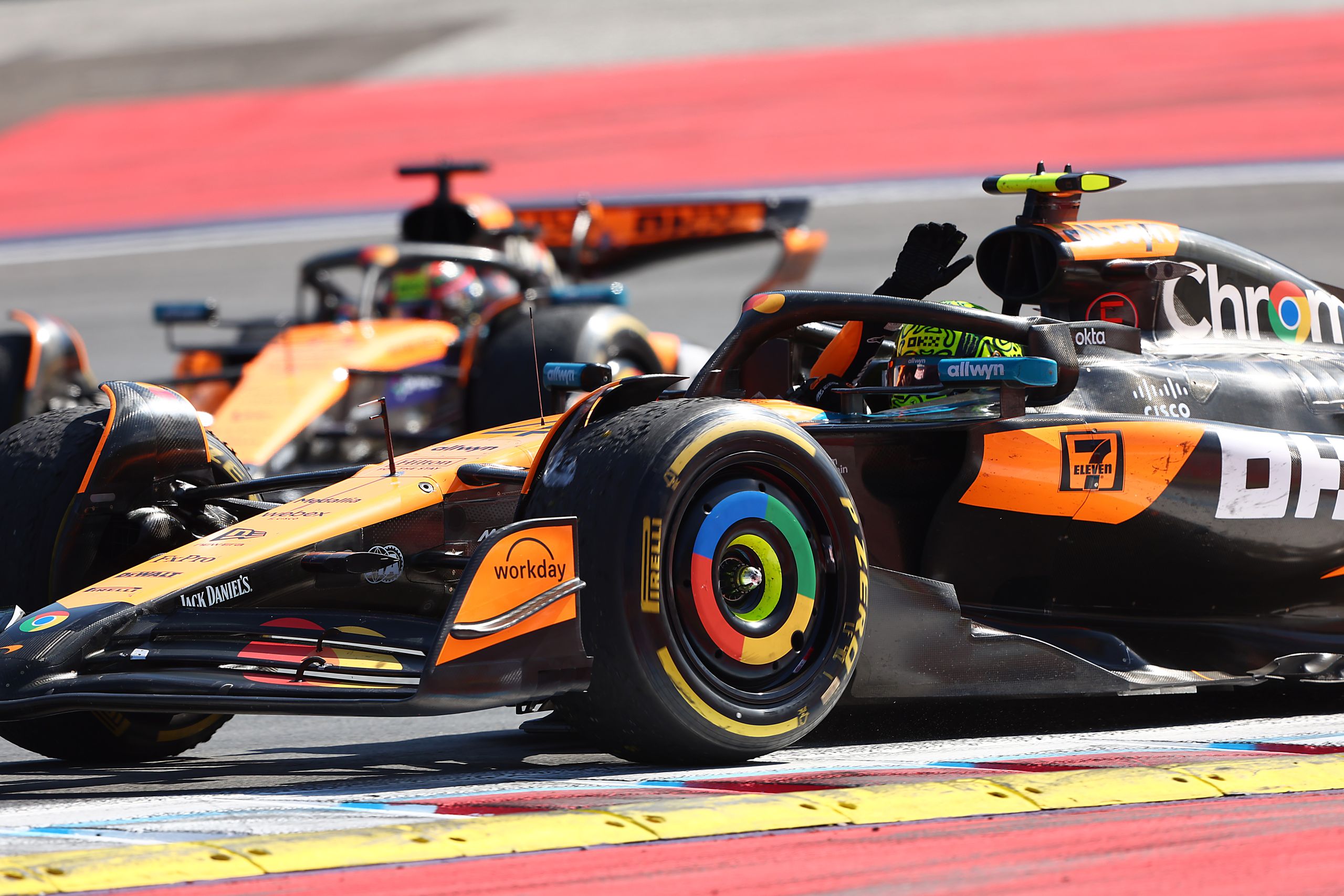The Evolution Of The Formula 1 Grand Prix


Formula One (F1) is the pinnacle of motorsports. It’s the fastest and most technologically advanced racing series on the planet, which makes it one of those rare sports that transcends its niche audience and attracts a global following. F1, has in fact, been around for almost 70 years.
The first championship race was held in 1950 at Silverstone in England but it wasn’t until 1958 that the series became what we know today as Formula 1. Over that period of time, F1 has evolved into a high-octane contest with cutting-edge cars and technologies as well as an entertainment spectacle for viewers.
This article takes you through the history of F1 to understand how this fast-paced motorsport came about and how it has changed over time.
The History of Formula One
The world has seen many new and exciting motorsports come and go in its time, but Formula One is one that has stuck around. It’s the most popular and lucrative form of auto racing in the world, and it is one of the oldest racing series in existence, having been around since 1950.
There had been other Formula One races held during the 1930s, and these were even more important to the history of the sport. While the racing during the 1930s was still done on public roads, post-World War II saw the series transition to dedicated racing circuits.
This was necessary in order to protect spectators from the high speeds of the cars and also provide a better show with less dangerous driving conditions.
The Birth of F1: 1950-1959
The first Formula One race took place in 1950 at Silverstone, England as well as on the public roads in the city of London. That same year, the first Formula One championship race was held at the British Grand Prix, and the series has been held every year since.
There was Grand Prix racing which was the top tier of international racing and was held on road courses until the 1930s, and there was Formula Libre which was open-wheeled racing held on a mixture of road and dirt courses. Formula Libre races were considered the main event, even though Formula 1 and Formula 2 existed. The early years of Formula One were also marked by the dominance of British teams such as BRM, Connaught, and Nigel Norman Racing.
The majority of the drivers were also British. During this time, the Formula One cars were also noticeably different from their modern counterparts. While the cars then were also open-wheeled, their engines were positioned in front of the driver as opposed to behind.
1960-1969: Big Changes and the End of Era
The 1960s saw a significant change in Formula One compared to the first decade, and it marked the end of an era in racing in general. This decade was marked by an increasing number of racing fatalities and a shift in focus away from Europe to the rest of the world. During the 1960s, the number of fatalities in Formula One rose dramatically.
While only two drivers had been killed in the first decade of the series, the 1960s saw death take the lives of more than 30 drivers. In 1968, the rising number of fatalities finally led to a real change in the focus and priorities of the series. In 1970, Jochen Rindt became the first and only driver to be posthumously awarded the Formula One Driver’s Championship title.
That same year also marked the start of a new era as the Constructors’ Championship title was added to the list of F1 championships, which had already included the Driver’s Championship since 1950.
1970-1979: A Decade of Change
The 1970s marked the beginning of Formula One’s transition from a European-centric series to a truly global sport. Britain remained the heart of the sport and hosted the majority of the races during this decade, but a number of other countries began to join the series. The decade also saw the introduction of the first turbocharged Formula One cars, and this marked the beginning of a shift toward more efficient and cleaner motors that continues to this day.
During this decade, Formula One began to change from a sport that was primarily enjoyed by the drivers and teams to one that was more focused on the spectators. This included the introduction of computerized timing and scoring systems and the use of onboard camera systems for broadcasting races by broadcasters.
1980-1989: Further Innovations
The 1980s marked the beginning of a truly modern era for Formula One. This decade saw the introduction of more advanced and durable carbon-fibre chassis, resulting in more streamlined and powerful Formula One cars. It also saw the introduction of electronic traction and launch control systems, as well as the use of more advanced computerized data systems.
The 1980s also saw the beginnings of the global growth of Formula One, which continued throughout the 1990s and 2000s. The addition of the Brazilian and Japanese Grands Prix and the return of the United States Grand Prix (which had been absent since 1960) meant that every inhabited continent hosted a Formula One event during the 1980s.
One of the largest changes to Formula One during the 1980s was its increased focus on commercialization. At the time, Grand Prix racing was still mostly privately funded, but teams were forced to find new sources of funding when the world economy entered a recession during the mid-1980s.
1990-1999: Enter the New Millennium
The 1990s marked the end of the series’ history as a primarily European-centric series and the beginning of a truly global presence. In addition, the 1990s were marked by a shift from private to corporate sponsorship.
With the help of Bernie Ecclestone, F1 was able to significantly expand its global reach during the 1990s by bringing new races to different regions of the world. This decade also marked the introduction of completely new circuits such as the Brazilian Autódromo de Interlagos, the Japanese Suzuka Circuit, and the Canadian Circuit Gilles Villeneuve.
The 1990s also saw the introduction of many different technological and safety innovations. Some of the more notable additions to the series during this decade include the use of semi-automatic gearboxes (first used by the Ferrari team), electronic traction control, and the use of grooved tires.
2000-2009: The Current State of the Art
The 2000s marked an even more significant transformation of Formula One compared to the previous decade. This decade saw a change in the types of cars used in the series, a change in the types of teams that could compete, and a change in the way the series was presented to viewers. For instance, players can now place bets on their favorite sport at FanDuel Sportsbook. During the 2000s, the series made a conscious effort to reduce speeds and increase safety.
This decade also saw the beginning of the hybrid era in Formula One, which began with the introduction of Kinetic Energy Recovery Systems or KERS in 2009. This decade also marked the introduction of the current logo for Formula One, the first change in the series’ logo since the 1980s.
Conclusion
In racing circles, everything old can often feel new again. Case in point: the Formula 1 Grand Prix. For years, the world has watched as each iteration of this legendary motorsport has undergone a steady stream of change and evolution, with almost every new season bringing another round of subtle alterations and updated rules.
Through it all, however, the F1 Grand Prix remains one of the most challenging, fast-paced and exciting sports spectacles on the planet – which is why it’s important to know exactly how we got here. There has been a lot of change in the sport since it began, and it will be interesting to see what the future holds for Formula One.





